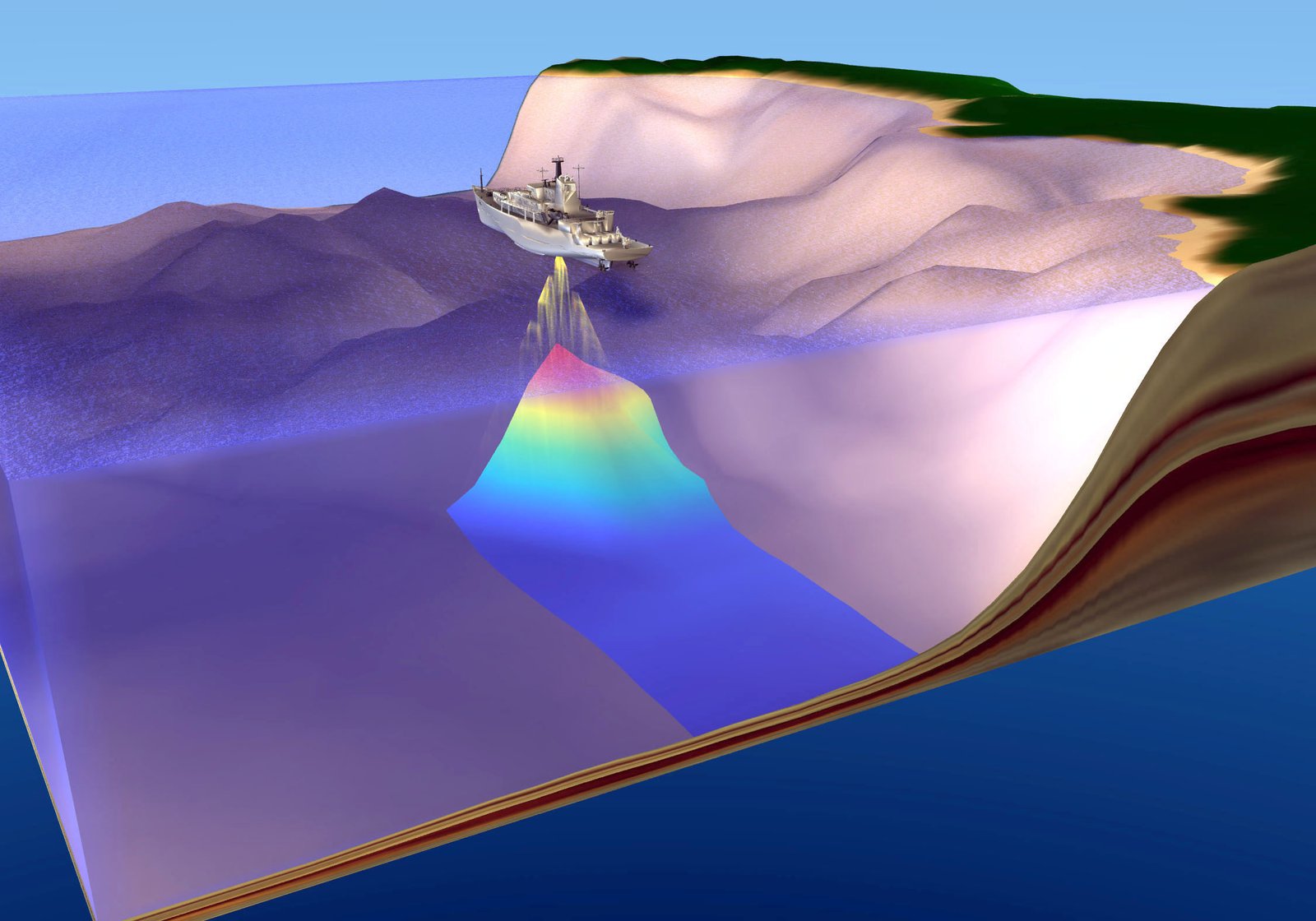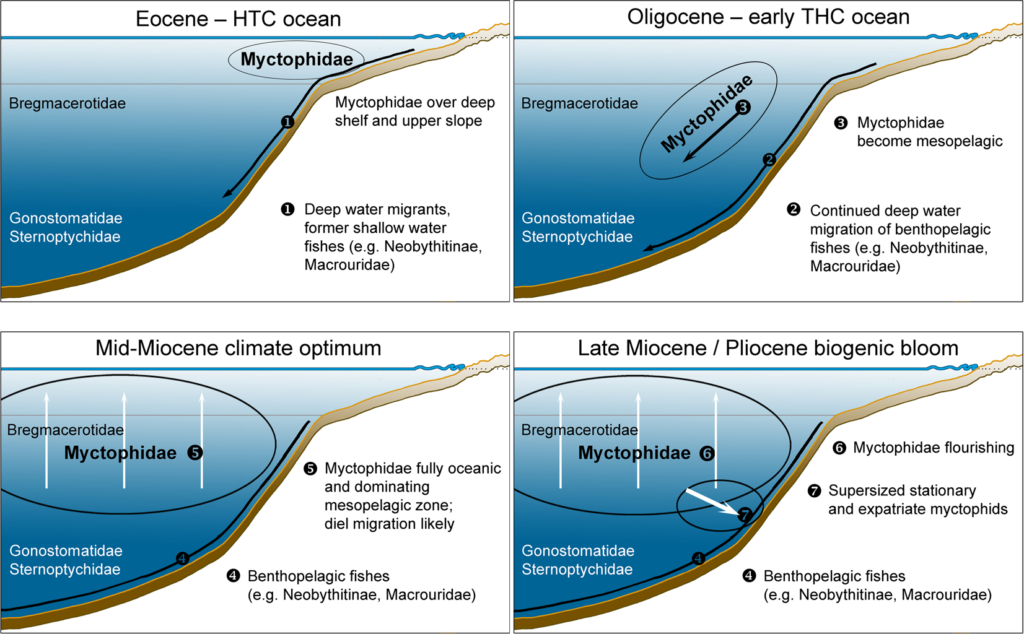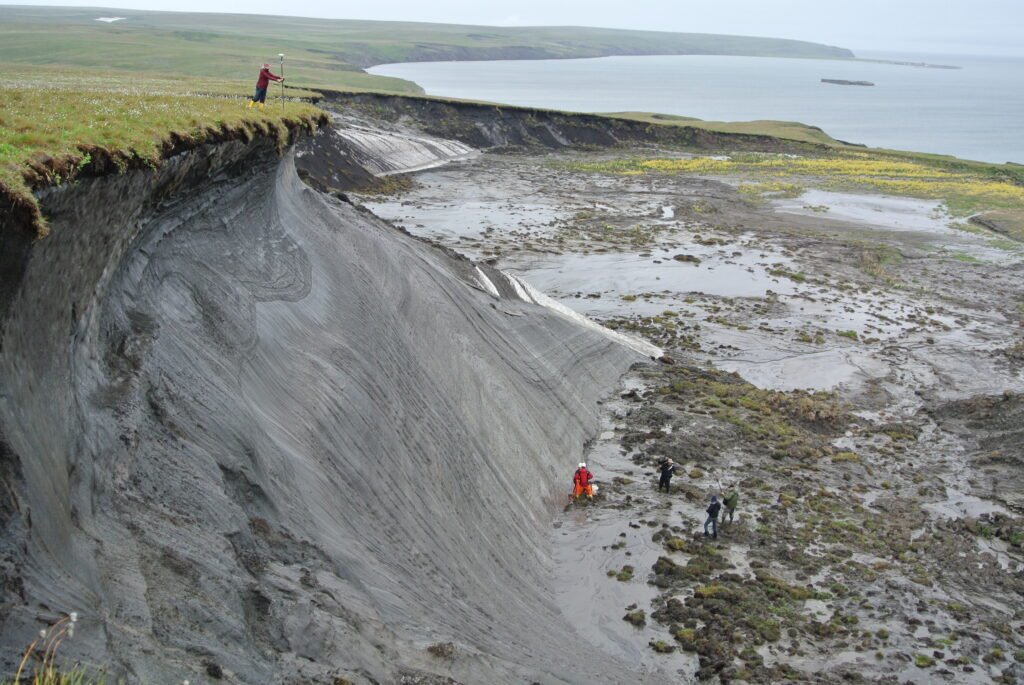Imagine a silent world beneath the ocean, where darkness stretches for miles and the only clues about what lurks below come from mysterious echoes. Now picture the confusion when state-of-the-art military sonar, designed to detect enemy submarines, stumbles upon a massive, impenetrable layer that seems to move with the tides. The culprit? Not a new weapon or hidden fleet, but millions of unsuspecting fish. This astonishing twist left scientists and naval officers alike scratching their heads—and what followed was a fascinating race to uncover the truth behind nature’s own stealth technology.
The Birth of Sonar and Its Surprising Obstacle

In the turbulent years of the early twentieth century, sonar technology emerged as a game-changer for naval warfare. Sonar works by sending sound waves through water and listening for echoes. The idea was simple: detect enemy submarines before they could strike. Yet, during World War II, operators began reporting a strange, thick layer deep in the ocean that reflected sonar signals like a wall. This wasn’t a submarine or a rock formation—it was something else entirely. The phenomenon puzzled both scientists and military strategists, who depended on sonar for safety and success at sea. Their confusion set the stage for an extraordinary scientific detective story.
The Deep Scattering Layer: Nature’s Hidden Curtain
This mysterious sonar-reflecting barrier became known as the “deep scattering layer.” It was an invisible curtain in the ocean, stretching across vast distances and changing depth with the time of day. Early sonar operators thought they’d discovered the ocean floor, only to realize that this “floor” moved upward at night and sank during the day. The discovery was both baffling and a bit unsettling. What could possibly create such a massive, shifting layer in the middle of the sea? The answer would challenge everything scientists thought they knew about marine life and the ocean’s hidden rhythms.
Unveiling the Culprits: Millions of Fish in Motion
Scientists launched expeditions to solve the riddle, using nets, underwater cameras, and more sophisticated sonar. The results were as startling as they were simple: the deep scattering layer was made up of countless small sea creatures, especially fish like lanternfish, that migrated up and down each day. These fish, equipped with special organs called swim bladders, could reflect sonar just like a solid object. At night, they rose to the surface to feed, and during the day, they sank to deeper, darker waters to hide from predators. It was one of the greatest animal migrations on Earth—happening in the dark, far below the waves.
Swim Bladders: Nature’s Echo Chambers
The key to the sonar confusion lay in the anatomy of these fish. Many species in the deep scattering layer have gas-filled swim bladders, which help them control their buoyancy. But these bladders also serve as natural echo chambers, bouncing back sonar pings just like the hull of a submarine. When millions of fish gathered together, the collective echo was strong enough to fool even the most advanced military technology of the time. This natural defense, unintentional as it may be, made the ocean seem even more mysterious and alive.
The Daily Vertical Migration: Earth’s Largest Animal Movement

Perhaps the most astonishing fact about the deep scattering layer is the scale of its daily migration. Every evening, trillions of fish and other small creatures ascend toward the surface, searching for food under cover of darkness. As dawn approaches, they retreat back into the depths, forming that dense, sonar-reflecting layer once more. This phenomenon, known as diel vertical migration, is the largest movement of animal biomass on the planet. It’s a hidden ballet, performed by untold numbers of marine animals and only discovered because of a technological mix-up.
Confusion at Sea: Military Misinterpretations and Near Misses

The presence of the deep scattering layer wasn’t just a scientific curiosity—it had real consequences for military operations. Sonar operators sometimes mistook the layer for enemy submarines or the ocean floor, leading to false alarms and confounding naval strategies. In high-stakes wartime situations, these errors could mean the difference between life and death. There are even stories of naval officers ordering depth charges to be dropped, only to find out they’d targeted a harmless school of fish. The ocean’s secret life had become a hidden participant in the drama of war.
How the Discovery Changed Marine Science
The realization that entire layers of the ocean were made up of living creatures, not just water and rock, revolutionized marine biology. Scientists began to appreciate the sheer abundance and importance of these midwater creatures. Research into the deep scattering layer led to new understandings about food webs, nutrient cycling, and even climate regulation. It also inspired more sophisticated sonar systems, capable of distinguishing between fish and other objects. Suddenly, the ocean’s “background noise” was recognized as a living, breathing community rather than a technical nuisance.
The Impact on Submarine Warfare and Sonar Technology

The military response to this discovery was swift and innovative. Engineers worked to develop sonar that could filter out the signals from schools of fish and focus on the unique echoes of submarines. Training programs were updated to teach sonar operators how to recognize the telltale signs of the deep scattering layer. Submarine captains even began using these fish layers as cover, hiding beneath them to evade detection. The ocean had become a more complex and unpredictable battlefield, shaped as much by biology as by technology.
Echoes of the Past: The Mystery Endures

Even today, the deep scattering layer continues to intrigue scientists and naval officers alike. Modern sonar technology is better equipped to see through the confusion, but the phenomenon still affects underwater navigation and research. The ever-shifting layer reminds us that the ocean is full of surprises, and that nature often has the last word in even the most high-tech arenas. The story of sonar and the layer of fish is a humbling lesson in respect for the unknown.
Lessons from the Deep: Nature’s Ingenuity and Human Curiosity

The baffling layer of fish that once confounded military sonar is more than just a quirky chapter in science history. It’s a testament to the ingenuity of life and the limits of human knowledge. The ocean, vast and mysterious, remains a frontier of discovery. Every time we think we have it figured out, nature finds a way to surprise us. As we continue to explore and try to understand the deep, we’re reminded that sometimes, the simplest creatures can hold the greatest secrets. Who would have guessed that a layer of tiny fish could outsmart the world’s most advanced technology?




